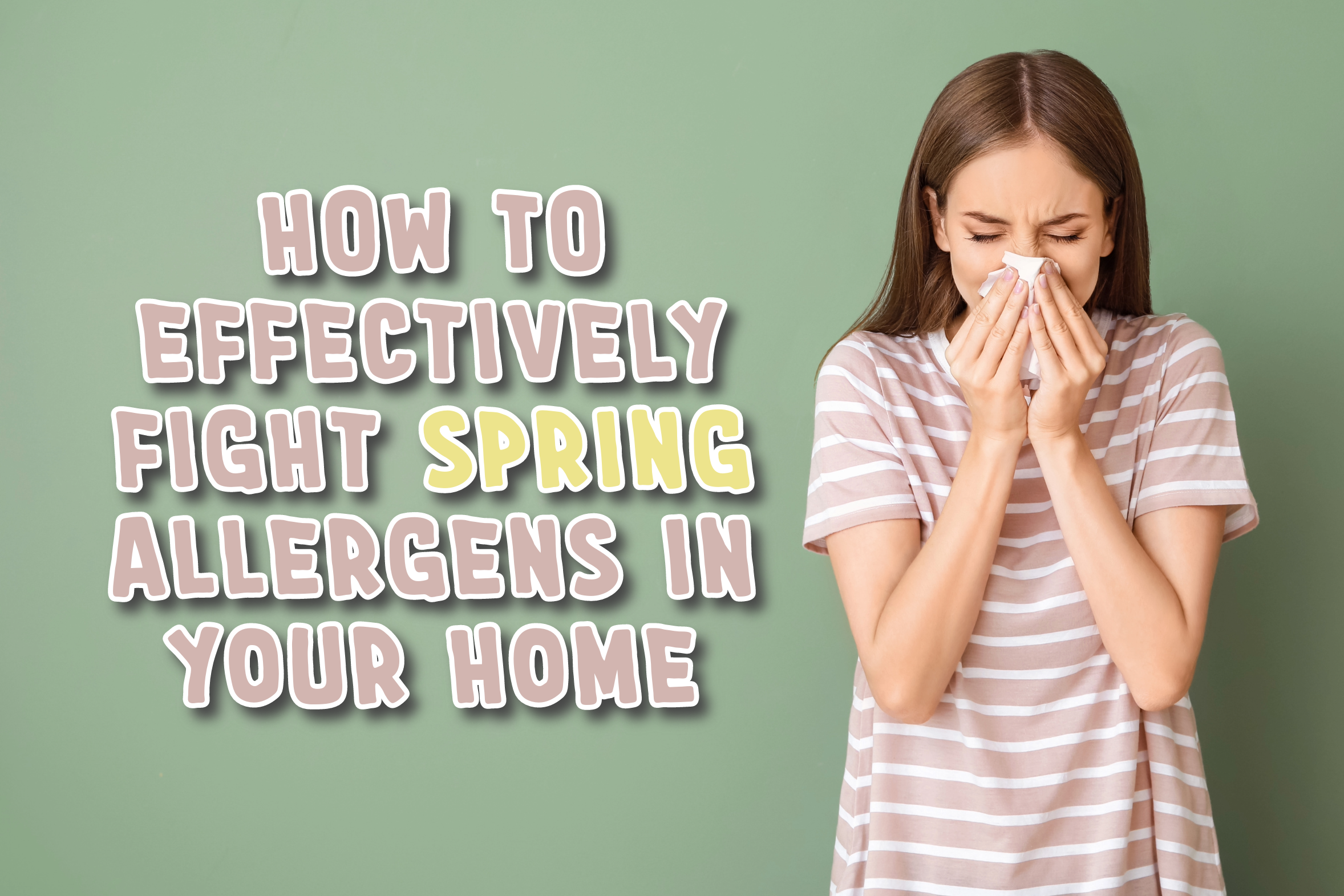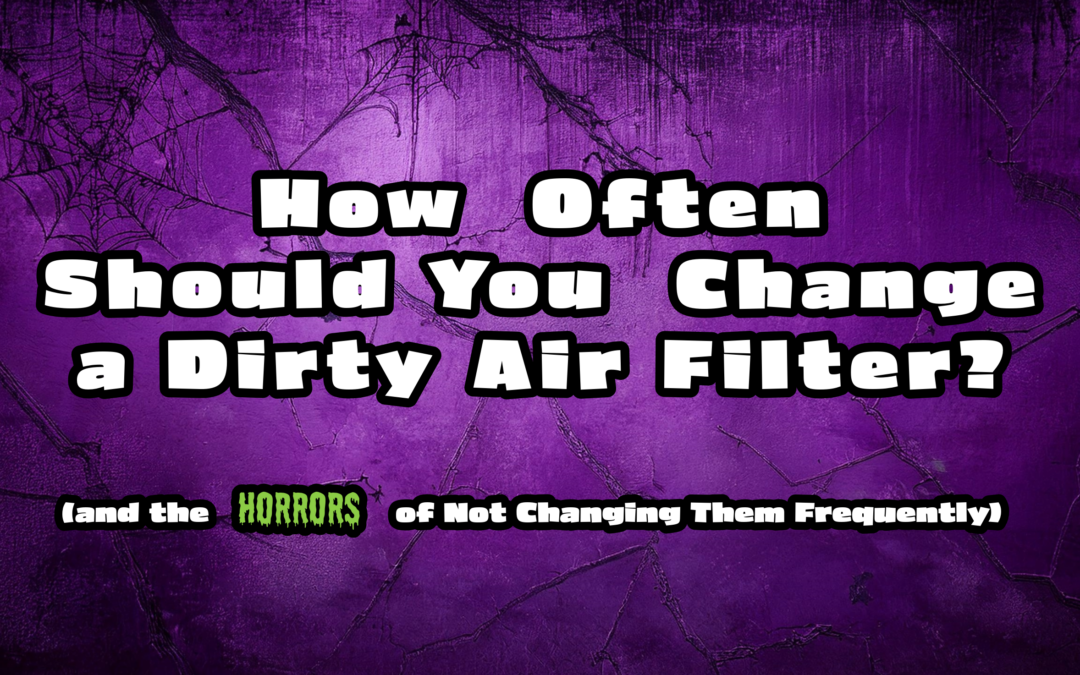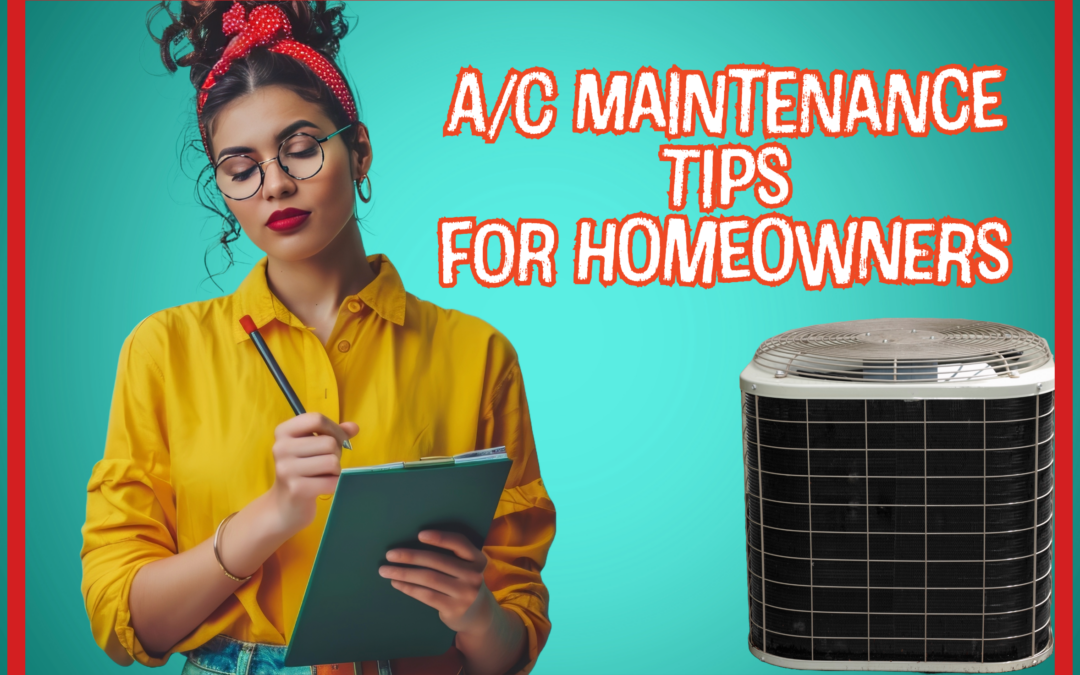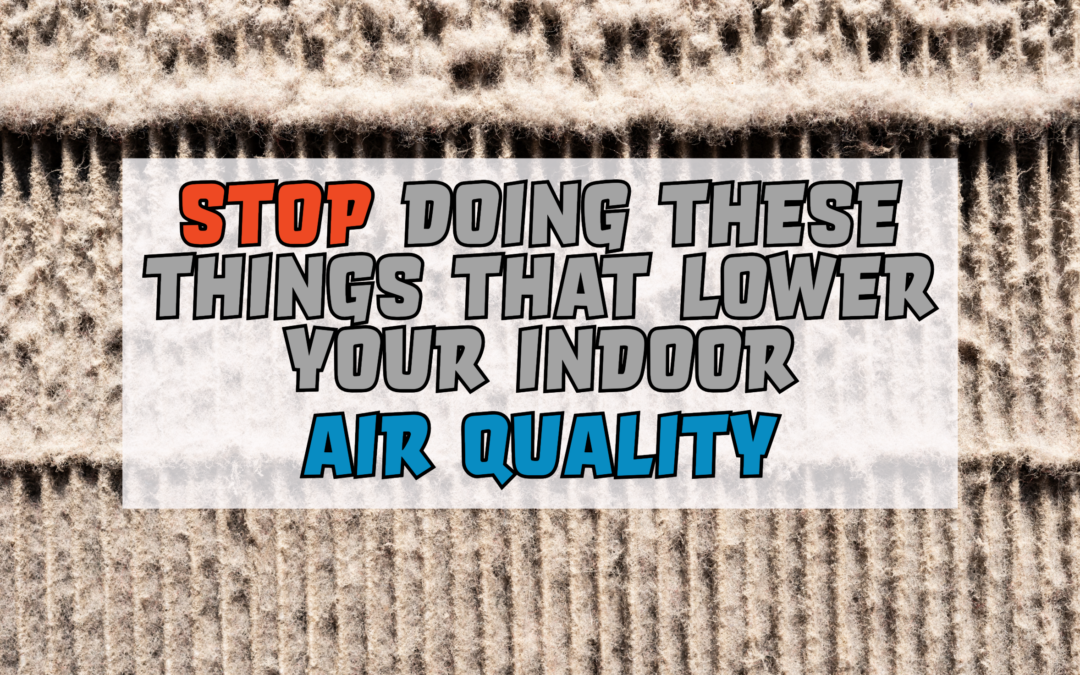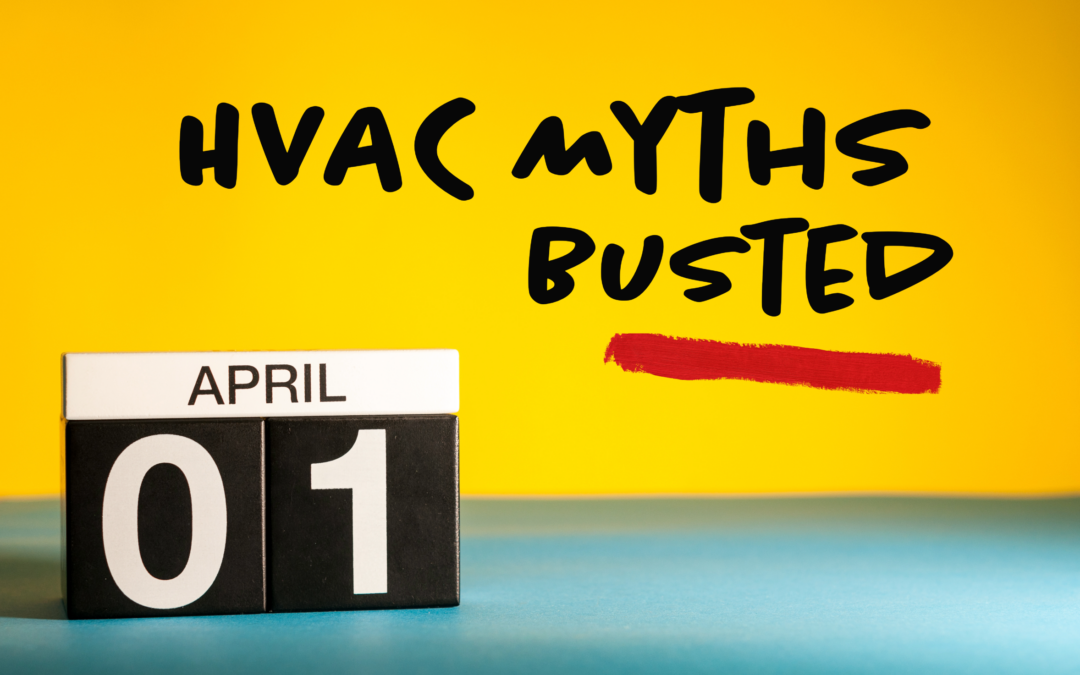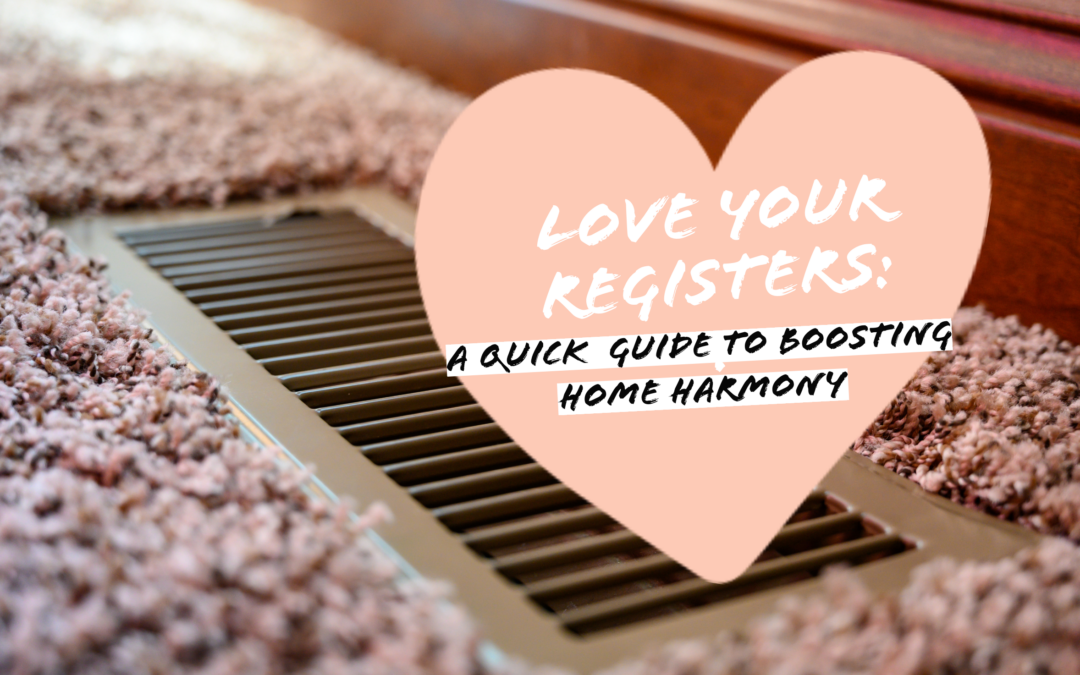March 19th marks the onset of spring this year. While spring brings warmer weather and the blossoming of beautiful flowers, it also triggers seasonal allergies among Ohio residents. Spring allergies can induce various unpleasant symptoms commonly known as hay fever. It’s a dreaded time of the year for many! If you are among the many Ohioans suffering from seasonal allergies, keep reading, as Wilmington Heating & Cooling offers practical solutions to combat allergens in your home.
Know the Symptoms
Hay fever, scientifically referred to as allergic rhinitis, is the prevailing type of allergy in Ohio. It ensues when the immune system of your body overreacts to allergens like pollen, resulting in the production of histamines that trigger allergy symptoms. These symptoms can vary in intensity and persist for several weeks to even months.
Some common hay fever symptoms include:
· Sneezing
· Runny or stuffy nose
· Itchy eyes, mouth, throat or skin
· Ear congestion
· Postnasal drip
If you frequently experience these symptoms during spring and summer, it is probable that you are suffering from hay fever due to allergens in Ohio.
Know the Landscape
Before delving into the matter of allergens, it is imperative to comprehend the reasons behind Ohio’s elevated levels of pollen and allergies. Allergies are in full effect because of Ohio’s geographical makeup. It is comprised of a blend of urban areas, farmlands, forests, lakes, and rivers, each housing a diverse array of plants and trees that emit pollen. Moreover, this landscape diversity introduces various environmental factors that can exacerbate allergies, resulting in the release of a wide range of pollen throughout the year. Consequently, Ohio experiences an extended allergy season, typically spanning from February to November.
Know the Types of Allergens
These include, but are not limited to:
· Tree Pollen: Pollen from trees such as oak, maple, birch, cedar, pine, and hickory can trigger allergies, particularly in the spring season.
· Grass Pollen: Grasses like Kentucky bluegrass, timothy grass, and Bermuda grass release pollen, leading to allergies, especially in late spring and early summer.
· Weed Pollen: Ragweed, a prevalent weed in Ohio, produces abundant pollen during late summer and early fall, causing allergies for many individuals.
· Mold Spores: Mold spores are a common allergen in Ohio, often found on decaying vegetation, leaves, and other organic matter.
Know How to Use Home Solutions
While it may not be possible to completely prevent allergies, there are various practical measures that you can take within your home to minimize the negative effects of allergens.
1. Keep your windows closed during peak pollen season, typically in spring and summer.
2. Vacuum regularly using a HEPA filter to effectively eliminate allergens from carpets and furniture.
3. Regularly wash your bedding and curtains in hot water to remove pollen and other allergens.
4. Take a shower immediately after returning from the outdoors to promptly wash off any pollen or allergens.
5. Dust frequently, paying close attention to areas such as bookshelves and other surfaces that tend to accumulate dust.
6. Regularly change your air filters to prevent the circulation of allergens in your home. A good rule of thumb is to do this every 1-2 months.
Fun Fact: Were you aware that hay fever affects approximately 1 in every 5 individuals at least once during their lifetime?
Know How to Use Professional Solutions
While incorporating practical home solutions into your daily routine is the optimal approach for immediate relief, exploring professional solutions or services may sometimes become necessary. Here are a few recommendations that you might want to consider:
· Install a Whole-Home Air Purifier: An advanced air purification system, such as the iWave whole-home air purifier, can be seamlessly integrated into your HVAC system to consistently cleanse and purify the air within your home. It utilizes cutting-edge ionization technology to effectively reduce allergens, bacteria, viruses, and other particles that can trigger allergies and respiratory issues.
· Get a Whole-Home Dehumidifier: Excessive humidity levels can create an ideal environment for allergens to thrive. By installing a whole-home dehumidifier, you can effectively reduce moisture in your living space, making it less hospitable for these allergens to survive.
· Install a Smart Thermostat: A smart thermostat will monitor the humidity levels in your home and let you know when the moisture levels are too high. Additionally, it will also notify you if your air filters are due for a change, ultimately helping you to maintain high indoor air quality inside of your home.
· Arrange for Duct Cleaning: According to the EPA, indoor air can be up to five times more polluted than outdoor air. With allergens such as pollen, dust mites, and other airborne contaminants accumulating in your home’s ductwork over the years, an air duct cleaning may be a great option for you. Generally, this service is recommended every three to five years. So, fortunately, it’s not something you need to have done often.
If any of these options interest you, please feel free to contact us for a discussion on what might be the best fit for you, your family, and your home.
By implementing these practical solutions, you can effectively minimize their impact on your daily life. By gaining a comprehensive understanding of the causes and symptoms of allergies and implementing both home-based and professional remedies, you can enjoy the spring season without enduring constant suffering. Take charge of your allergies today, and remember to contact us for all your HVAC air quality requirements.
Count on Wilmington Heating & Cooling for anything HVAC-related! Call us today at (937) 764-3575, or schedule an appointment online now by clicking here!




